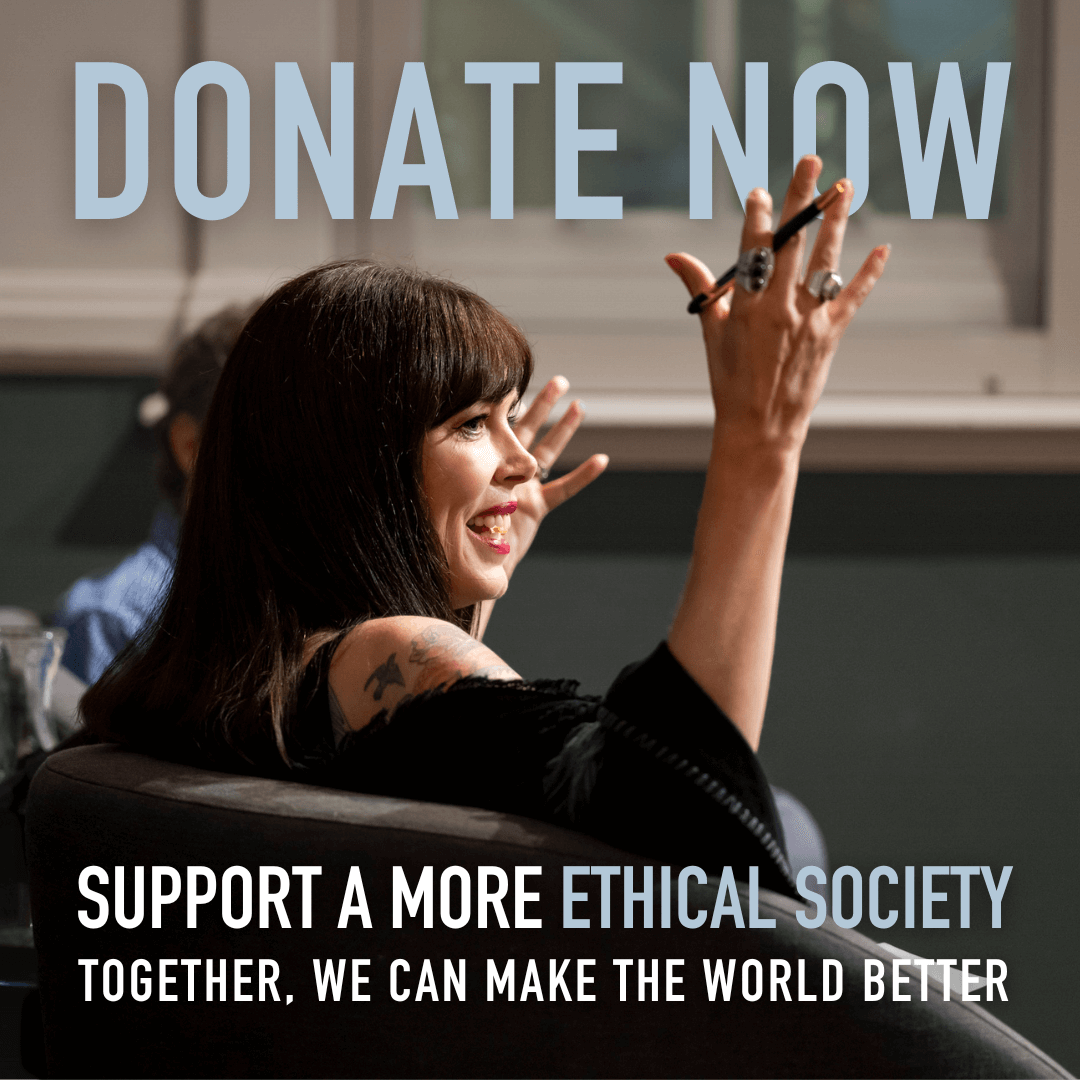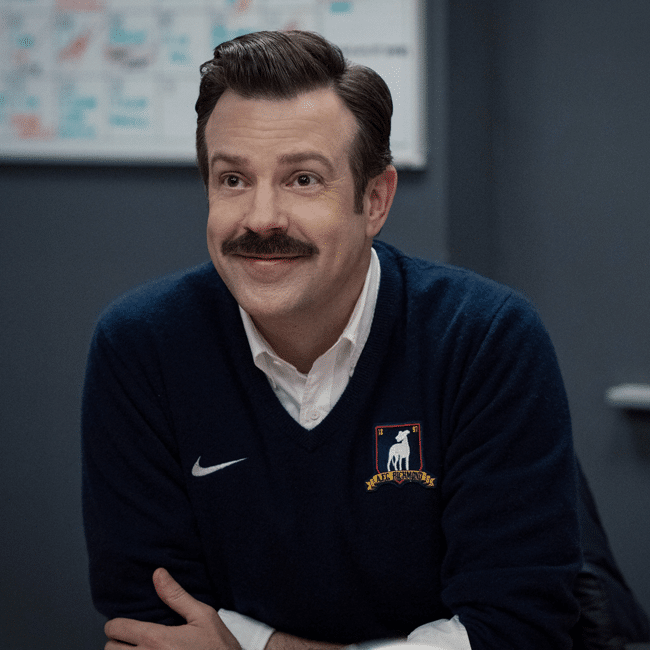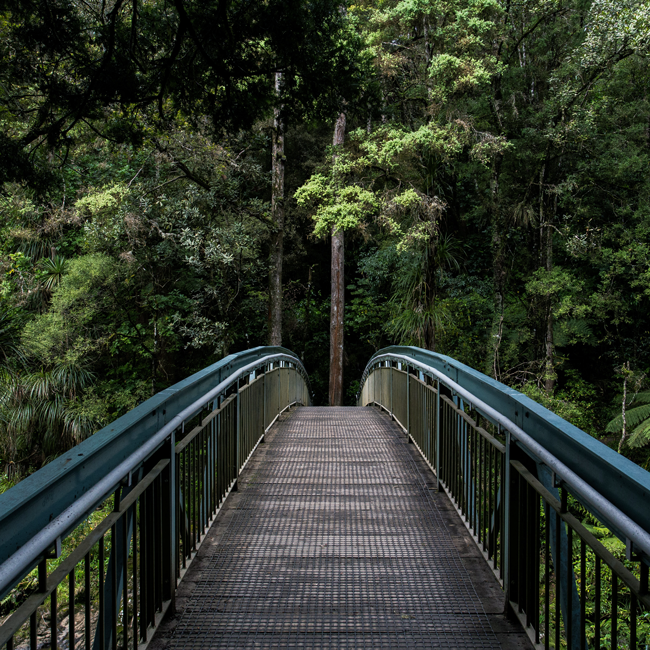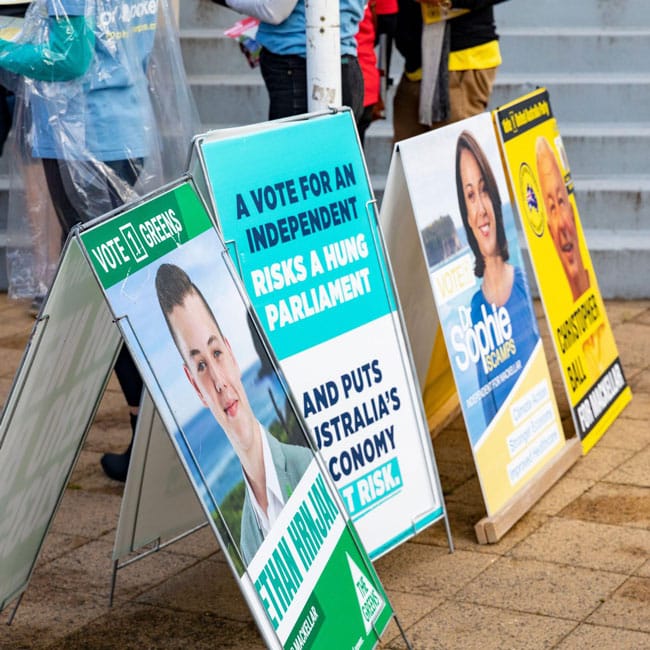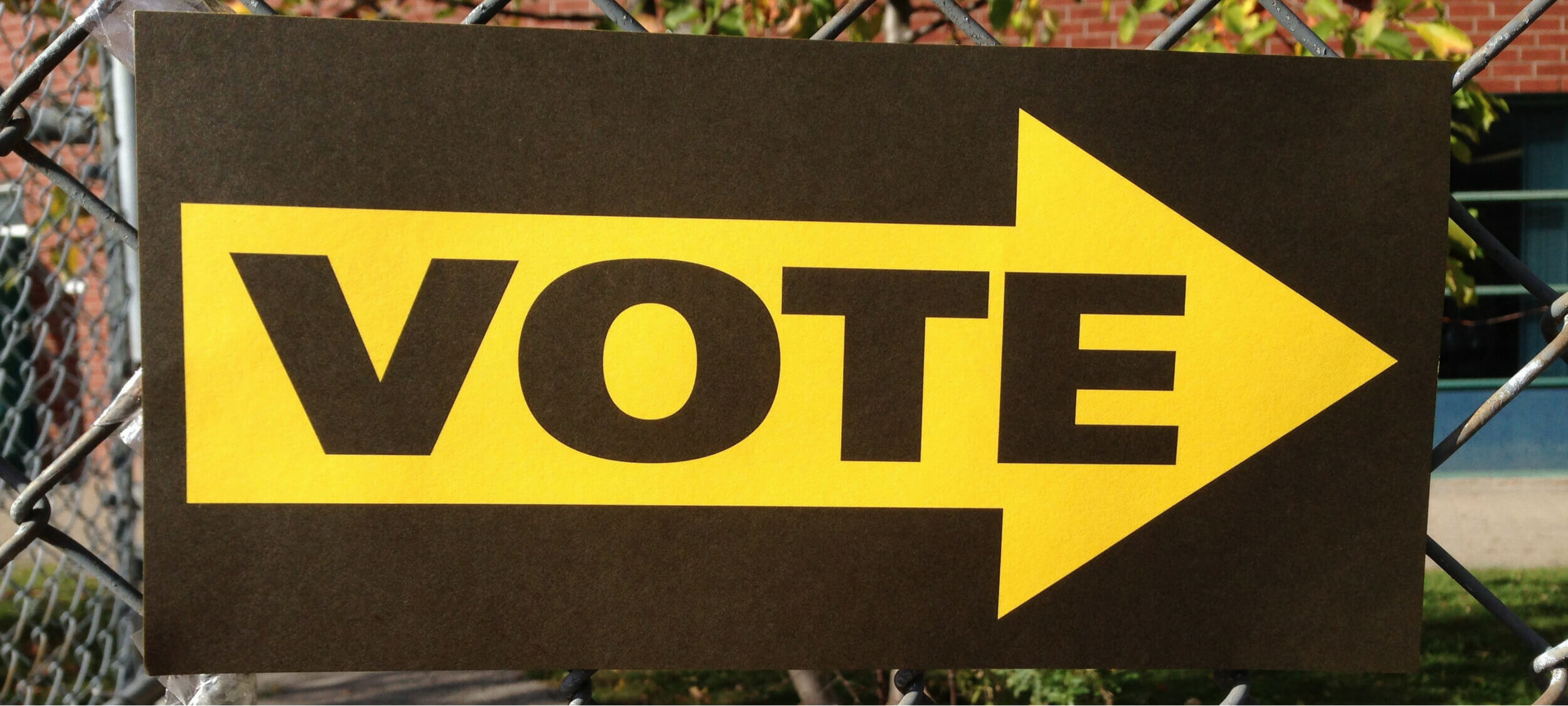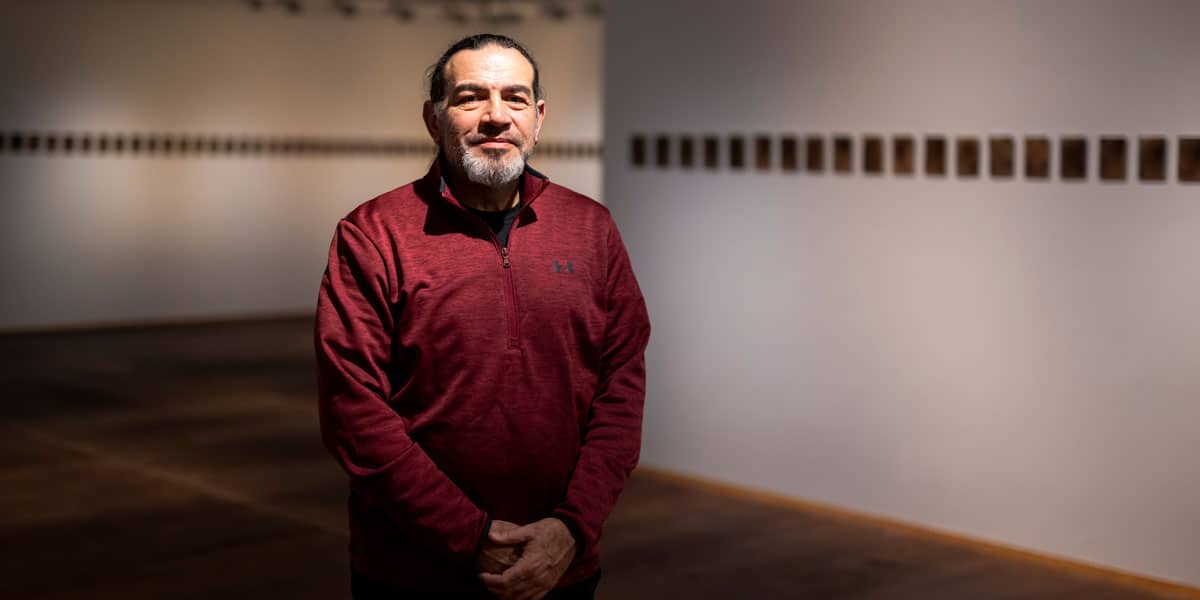
Freedom of expression, the art of…
Opinion + AnalysisSociety + CulturePolitics + Human Rights
BY Brook Garru Andrew 5 MAR 2025
The creative mind is a vast universe of ideas, emotions, and experiences expressed through music, painting, poetry, and beholden to the forces of politics, history, and memory.
Creation is never neutral; it is shaped by ethics, challenged by censorship, and navigates evolving taboos. Artists share an impulse to express, question, and challenge shifting realities. Their work requires not only careful creation but also thoughtful engagement from society.
Martinican writer and philosopher Édouard Glissant explored identity as fluid, shaped by culture, history, and human connections. He introduced concepts like creolisation – the blending and evolution of cultures – and relation, which emphasises deep interconnectedness between all things. Glissant argued that true understanding does not require full transparency; rather, opacity allows for complexity and respect. His ideas remain essential in a time when artistic expression faces increasing scrutiny.
Art that challenges dominant narratives has historically faced repression. Artists have been censored, exiled, or condemned for confronting power structures. Dmitri Shostakovich was denounced by Stalin’s Soviet regime, Fela Kuti was imprisoned for his politically charged lyrics, and Buffy Sainte-Marie was reportedly blacklisted for her activism against war and colonial oppression. These cases highlight the ongoing tension between creative expression and societal control.
The questions remain: how can we create spaces for open debate that accommodate differing perspectives without deepening divisions? Can artistic expression be challenged and discussed without escalating polarisation? These ethical considerations are central to the evolving relationship between art, power, politics, and public discourse. Glissant’s vision of the world as a relational space offers a framework for understanding these tensions. We will not always agree and accepting difference is an opportunity for growth, to find ways to work together and create the world we want to be in.
Australia, despite its colonial past which it is still coming to terms with, has the potential to embrace this openness. It has long been a refuge for those fleeing war and persecution, and its commitment to artistic independence could foster healing and truth telling. This was achieved in 2024, when Archie Moore transformed the Australian Pavilion at the Venice Biennale with kith and kin, a genealogical mural that created a space of memorial to address Aboriginal Deaths in Custody. His work compelled viewers to confront colonial violence and won the prestigious Golden Lion for Best National Participation.
Our ability to embrace openness; however, is continually tested. In February 2025, Creative Australia selected Khaled Sabsabi to represent the country at the 2026 Venice Biennale. However, his appointment was quickly rescinded due to controversy over some of his past works. Amid heightened tensions – especially following both recent antisemitic and Islamophobic incidents in Australia – these early works ignited debate over the appropriateness of his selection to represent Australia.
Born in Tripoli, Lebanon, in 1965, Sabsabi migrated to Australia in 1978 to escape the Lebanese civil war. Now a leading multimedia artist, his work explores identity, conflict, and cultural representation. He does not seek provocation for its own sake but, in his words, “humanity and commonality” in a fractured world. The decision by Creative Australia and the unwillingness to consult with the artistic team will have consequences yet to be revealed.
Sabsabi’s removal was not solely about his art but also about a reluctance to engage with the complexity of his personal and artistic journey. The debate was quickly reduced to sensationalism and those seeking political gain. As of February 2025, major conflicts persist internationally including in Myanmar, Israel-Palestine, Sudan, Ukraine, Ethiopia, Afghanistan, Pakistan, and West Papua. These crises underscore the responsibility of countries like Australia to uphold international law, human rights protection, and open dialogue. Yet many in Australia today are hesitant – or even fearful – to publicly express their views on these crises, particularly in writing.
In this global landscape, artists play a vital role in documenting realities, challenging dominant narratives, and fostering open dialogue. Yet, such actions are becoming increasingly difficult. Perspectives are scrutinised, and the line between advocacy and bias is often blurred. Artists, journalists, and commentators must navigate these complexities with integrity, acknowledging multiple truths while resisting ideological pressures.
The Venice Biennale, one of the world’s most prestigious art exhibitions, has long been a site where these tensions surface. The Giardini della Biennale, its historic heart, houses 29 national pavilions, mostly belonging to First World nations. Established in 1895, the Biennale reflects global cultural and political hierarchies. Wealthy Western countries dominate, while many nations lack permanent pavilions and must rent temporary spaces. This structural imbalance highlights broader geopolitical tensions, where artistic representation remains deeply entangled with power, privilege, and exclusion.
When an artist like Sabsabi is removed from such a space, it is not just censorship – it is a lack of engagement with the world as it truly is: complex, layered, and shaped by histories of displacement and resilience. At a time when war, genocide, colonial legacies, and cultural erasure remain pressing concerns, his exclusion is a loss not only for Australia but for the ideals of artistic dialogue and exchange the Biennale is meant to uphold.
This moment underscores the need for genuine artistic and cultural engagement in a world in distress. Art is not just about provocation; it fosters dialogue and solidarity. While opinions on Sabsabi’s work may differ, his artwork is an expression of his lived experience. His exploration of difficult truths and diverse viewpoints underscores that nothing remains static.
The role of the artist is to show us parts of the world that we may not, or refuse to, see. It does not mean that we must agree with their viewpoint.
The broader concern is what this decision reveals about Australian values, how we as individuals and institutions engage with art, and the nation’s commitment to artistic freedom. It raises questions about transparency and decision-making in cultural institutions, but also how cultural dialogue is shaped by media, journalists, and politicians to inform public opinion.
As Australia navigates this complex moment, the challenge lies in balancing artistic freedom with public accountability. The outcome of this controversy may influence future cultural policies, shaping the country’s approach to representing its artists and how art should be viewed. Whether the withdrawal is seen as necessary caution or a loss to Australian artistic identity remains an open question.
In a world marked by ideological clashes, religious wars, and present and historical trauma, there are no absolute winners, with many caught in cycles of division. Growth begins with listening and as Glissant teaches, identity and expression cannot be confined to binaries. Complexity and contradiction invite deeper understanding. A just society must make room for difficult conversations and challenging artistic expressions.
Image: Khaled Sabsabi portrait, Unseen, 2023, image courtesy the artist and Mosman Art Gallery, © Mosman Art Gallery. Photograph: Cassandra Hannagan
Ethics in your inbox.
Get the latest inspiration, intelligence, events & more.
By signing up you agree to our privacy policy
You might be interested in…
Opinion + Analysis
Relationships, Society + Culture
Beyond cynicism: The deeper ethical message of Ted Lasso
Opinion + Analysis
Business + Leadership, Politics + Human Rights, Relationships
It’s time to increase racial literacy within our organisations
Opinion + Analysis
Politics + Human Rights
A good voter’s guide to bad faith tactics
Opinion + Analysis
Politics + Human Rights
